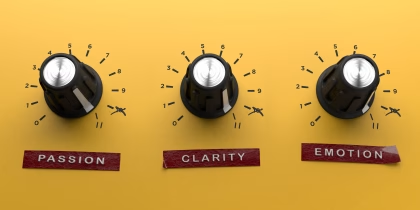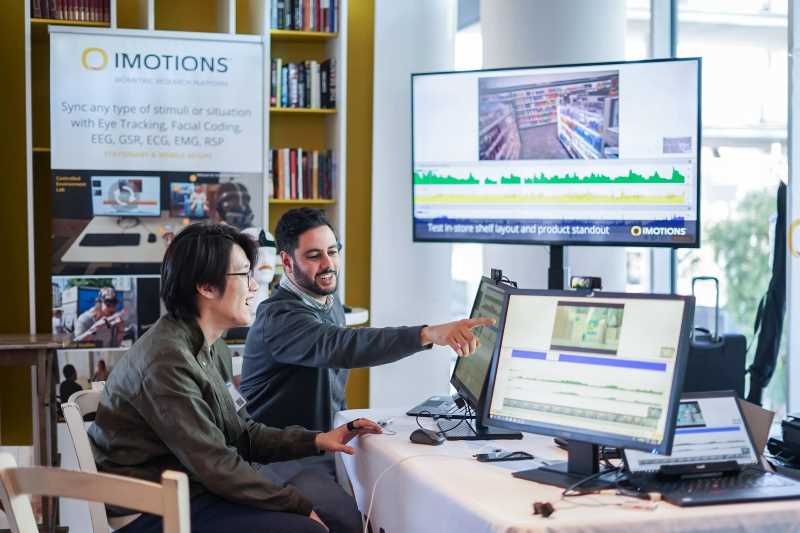As technology continues to shape how students read and write, digital literacy practices have become increasingly multimodal and complex—posing new challenges for researchers seeking to understand these processes in authentic educational settings. This paper presents three qualitative studies that use multimodal analyses and visual modeling to examine digital reading and writing across age groups, learning contexts, and literacy activities. The first study introduces collaborative composing snapshots, a method that visually maps third graders’ digital collaborative writing processes and highlights how young learners blend spoken, written, and visual modes in real-time online collaboration. The second study uses digital reading timescapes to track the multimodal reading behaviors of fifth graders—such as highlighting, re-reading, and gaze patterns—offering insights into how these actions unfold over time to support comprehension. The third study explores multimodal composing timescapes and transmediation visualizations to analyze how bilingual high school students compose across languages and modes, including text, image, and sounds. Together, these innovative methods illustrate the power of multimodal analysis and visual modeling for capturing the complexity of digital literacy development. They offer valuable tools for designing more inclusive, equitable, and developmentally responsive digital learning environments—particularly for culturally and linguistically diverse learners.
Related Posts
-

Your Menu Is Your Most Powerful Marketing Asset
Consumer Insights
-

Measuring Pain: Advancing The Understanding Of Pain Measurement Through Multimodal Assessment
Ergonomics
-

Feeling at Home: How to Design a Space Where the Brain can Relax
Ergonomics
-

Why Dial Testing Alone Isn’t Enough in Media Testing – How to Build on It for Better Results
Consumer Insights



